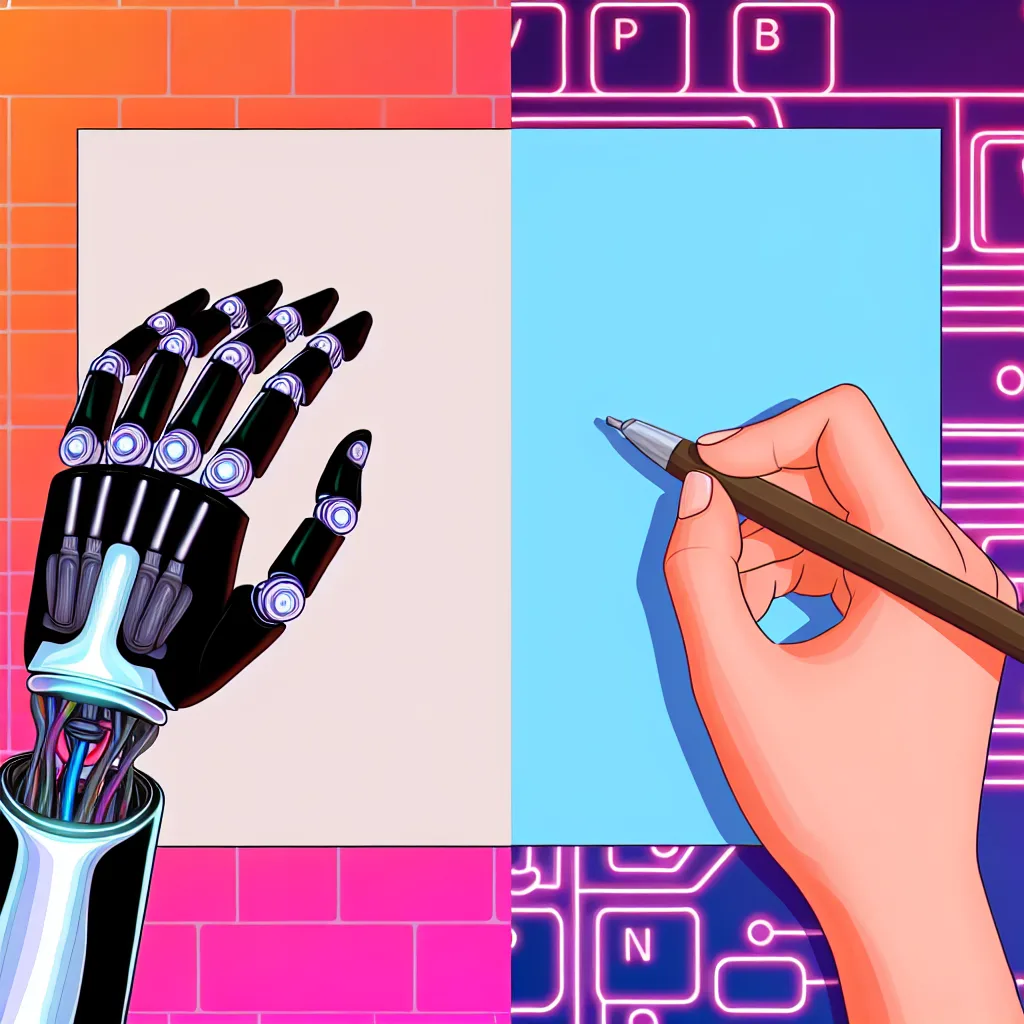Exploring the challenge of distinguishing between AI-generated content and human writing
Have you ever come across an article or a piece of text and wondered, “Was this written by a human or AI?” This question brings us to a fascinating topic: Can AI distinguish content created by humans from content created by other AI? Let’s explore this together.
The main challenge here is whether AI can be trained not just to create content, but to reliably tell the origin of content—whether it’s human or machine-made. The ability to AI distinguish content has big implications, especially as AI writing tools become more common.
Why Does It Matter to AI Distinguish Content?
First, understanding if a piece of content was generated by AI or written by a human can help maintain authenticity and trust online. For example, educators want to know if students are submitting their own work. Publishers want to be sure of their sources. Even social media platforms are interested in detecting bots vs. real user-generated content.
How Does AI Attempt to Distinguish Content?
AI models that detect AI-generated content often look for patterns or anomalies, things a human writer might not do. This could include:
- Repetitive phrases
- Unusual sentence structures
- Predictable word choice
Machine learning models can be trained on large datasets of human-written and AI-written content to spot these subtle differences. Tools like OpenAI’s own AI Text Classifier attempt to address this issue, but they aren’t perfect OpenAI AI Text Classifier.
The Limitations and Challenges
While AI distinguishing content is improving, it’s not foolproof. As AI-generated text gets more sophisticated, it’s starting to mimic human nuances better. This means:
- False positives (human content flagged as AI)
- False negatives (AI content slips through undetected)
Moreover, some humans write in very formulaic ways, making their texts resemble AI-generated writing. The lines are blurring.
For more technical insights, check out articles from trusted tech sources like MIT Technology Review, which cover AI detection advancements and challenges.
What’s Next for AI Distinguish Content?
The future likely involves hybrid approaches where AI detection tools are combined with human judgment. For example, verifying context, fact-checking, and unique writing styles alongside AI detection algorithms.
There’s also potential for watermarking or metadata tags that AI could embed to signal its own content’s origin — though this raises privacy and ethical questions.
In Summary
So, can AI distinguish content created by humans from AI-produced text? The answer is: sometimes, but not always. The technology is evolving, and its reliability depends on the methods used and the quality of the content involved.
If you’re curious about this topic, keep an eye on AI detection tools and how they develop. It’s an evolving landscape, and understanding how AI distinguish content helps us all navigate it better.
If you want to try out AI detection tools yourself, here are a couple that offer insights:
Let me know your thoughts! Have you noticed AI-generated content creeping into your reading? How do you think we should handle it?
